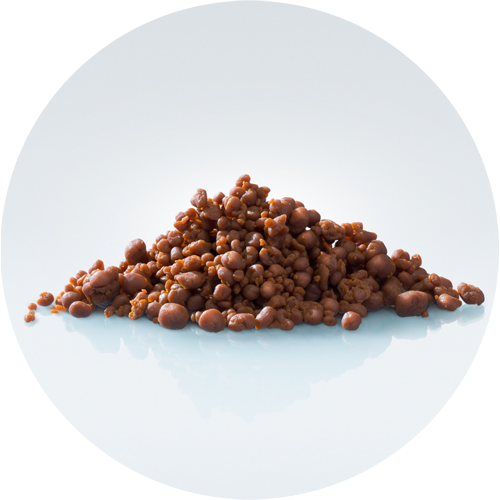Packed with omega-3 fatty acids, astaxanthin, choline and proteins, krill ingredients offer a myriad of health benefits for pets in addition to improving palatability.
From promoting a shiny coat and healthy skin to supporting joint health and cognitive function, krill-based products offer a natural and effective way to enhance overall pet wellness.
The humanisation in pet nutrition has been trending for several years and pet parents often align their personal nutritional preferences with purchases for their fur babies.
Antarctic krill oil is a popular supplement for humans … and pet parents like the idea of using this as a health-promotive ingredient for their dogs and cats.
There are different krill ingredients in the marketplace, giving pet brands several choices when developing new products containing krill.
The main reason to include krill ingredients in formulations is usually the health-promoting, phospholipid (PL)-bound marine omega-3 fatty acids EPA and DHA.
It has been shown that omega-3s in PL form are extremely bioavailable and efficiently incorporated in the body’s cells; as such, they more effectively influence well-being. But krill ingredients offer more than omega-3s.
Krill is naturally rich in the powerful antioxidant astaxanthin, choline and proteins. The content of nutrients in krill ingredients varies, mainly depending on the processing method used.

Rimfrost uses enzymatic hydrolysis to treat fresh krill directly after harvest, producing a hydrolysate that’s mainly used for aquaculture and a unique high fat krill ingredient (krill paste) that can be used in pet products.
As different krill ingredients have varying fat content, particle size, density and composition, it’s important to perform tests to investigate how the variable properties impact formulations and the final products.
Rimfrost, therefore, has thoroughly tested the technical properties of its krill paste to better understand how it behaves in the different mixers and extruders commonly used in feed and treat production.
The findings gave a deeper understanding of how to incorporate krill paste into final products and how different inclusion levels effected palatability.
Mixability and process parameters were found to be acceptable up to relatively high inclusion levels, which is important to establish owing to the high fat content of krill paste.
Another interesting finding was that the amount of glycerol commonly used in feed and treats can be reduced when including krill paste.
At the tested inclusion levels, it was possible to design a treat not only met the daily recommended dose of omega-3 for dogs and cats but is also effective as a supplement in treatment regimens for skin and eye disorders, joint and mobility issues and cognitive dysfunctions.
Pet brands are constantly looking for multifunctional and sustainable ingredients for the development of new products. Palatability is an important factor when evaluating new ingredients.
Krill paste from Rimfrost has been tested in dogs that were offered a control and three treats with different inclusion levels of krill paste. All the dogs opted for the treats with krill paste as their first choice and most of them selected the treat with the highest inclusion level of krill paste.
The study was done by a third-party, Passion4Food, as a double-blinded 4-day test.
Rimfrost is happy to be able to offer a new ingredient with both health benefits and proven palatability. Even for companion animals, the taste of feed, treat and supplement ingredients is essential to ensure adequate nutrient intake and to nurture the bond between pets and their owners.
